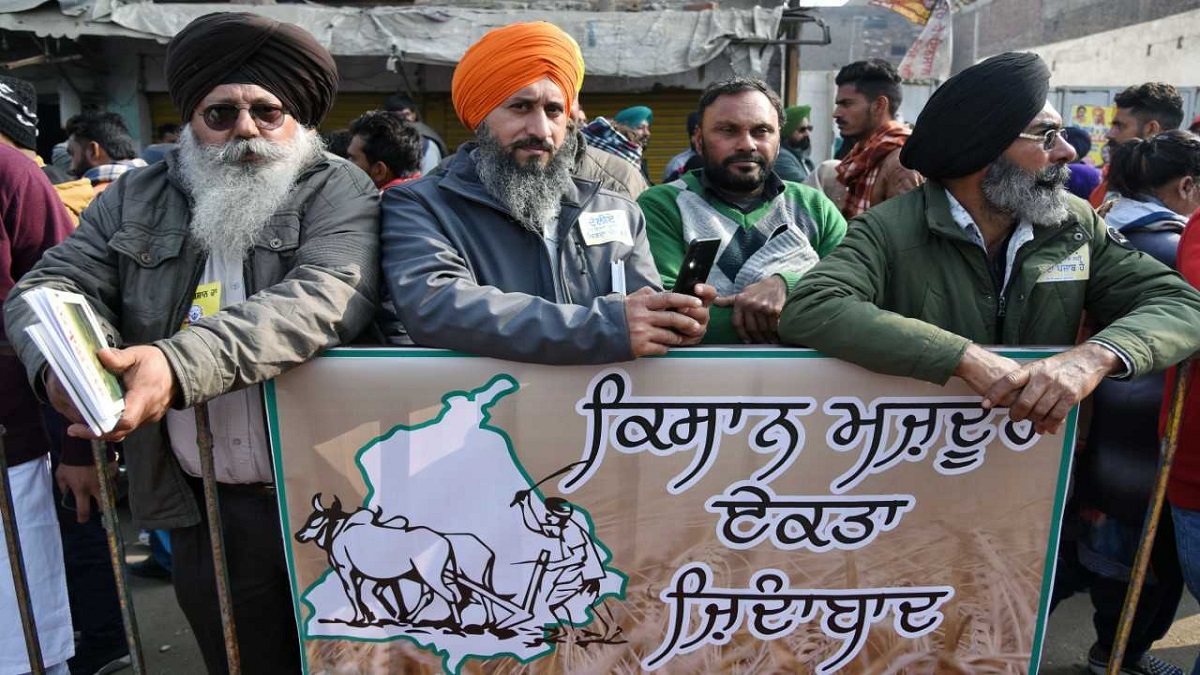For the past one month, farmers from Punjab and Haryana have been protesting against the three farm laws—The Farmers’ Produce Trade and Commerce (Promotion and Facilitation) Act, The Farmers (Empowerment and Protection) Agreement on Price Assurance and Farm Services Act, and The Essential Commodities (Amendment) Act. The farmers have blocked the roads leading to Delhi in order to mount pressure on the Union government to repeal the three contentious laws.
However, farmers from Kerala have been largely silent on the protests. Apart from a minor protest organized in different parts of Kerala such as an indefinite protest organised by the joint farmers council in Thiruvananthapuram, the state farmers have been by and large elusive vis-à-vis the protests.
Kerala is a state where the Agricultural Produce Market Committee is not in place, yet the Minimum Support Price (MSP) is high. Agricultural experts said the farming scenario in terms of crop cultivation, cropping pattern, and varieties of crops, is different in Kerala. Jaspal Singh, Consultant at NITI Aayog, told The Sunday Guardian, “In Kerala, paddy is produced in high number and being a staple food, it is sold in the domestic market. Besides this, cash crops are produced for which MSP is not declared.” Indira Devi, agriculture economist at the Kerala Agriculture University, told The Sunday Guardian, “Keralites depend on paddy and whatever the state produces is not sufficient for Kerala. The state procures from other states like Tamil Nadu to meet its needs.” She further added that farmers dependent on agriculture is lesser in Kerala compared to Punjab. “Most of the peasants in Kerala are small and marginal farmers, whereas in Punjab, 85-90% are large farmers, and their primary source of income is from farming.”
The data from the NSSO 2012-13 also states the same. According to NSSO data on households dependent on farming activity, in Punjab, 14.08 lakh are dependent on farming and income generated from agriculture accounts for 69.3%. However, in Kerala, the number of people dependent is slightly lower (14.04 lakh), but the income source amounts to just 34.5%.
Though there is no APMC in Kerala, farmers in the state have other sources to sell their produce. The state government has set up the Vegetable and Fruits Promotion Council where the peasant can sell their produce. Moreover, the farmers can also sell their produce in Eco-shop.
According to NSSO data, income from agriculture for the agricultural household is higher than the national average. The national average stands at Rs 6,426, whereas income in Kerala is Rs 11,888.
The agricultural scientists also said that the state government has started working on making the state self-sufficient in producing vegetables. Several farmers in the state have shifted to organic farming and they are ensuring that there is less use of pesticides.

